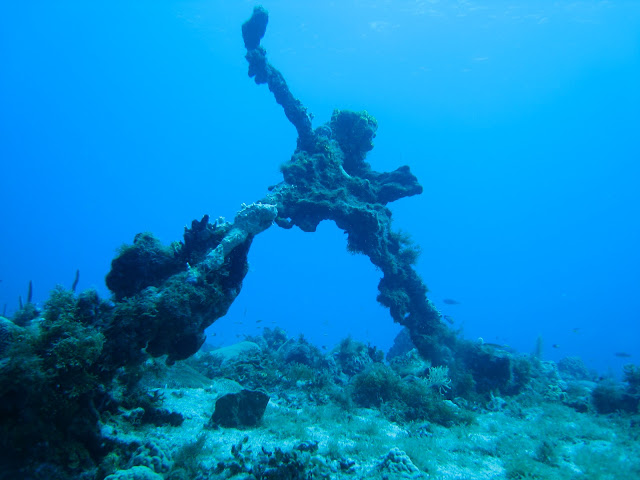Isla Desecheo
Habitat map of Isla Desecheo
Spanish Anchor Isla Desecheo
photo taken by Taino Divers
photo taken by Taino Divers
La Parguera
Isla Mona
Mona Island is located in the Mona Channel 47 miles southwest of Mayaguez , Puerto Rico . Department of Natural Resources (DRNA) presonnel including biologists and rangers are the only permanent residents. Mona’s rugged location is beneficial for the preservation of it’s environments because of limited human access. If you have the opportunity to visit this protected environment please respect it’s natural resources.
Tres Palmas Marine Reserve, Rincon, PR

Established in 1976 as a national wildlife refuge by the U.S. Fish and Wildlife Service Isla Desecheo has many unique characteristics. It is home to endemic lizards, an endangered cactus, and was once the worlds largest Brown Booby nesting colonization before Rhesus monkeys were introduced and disrupted their nesting sites (Breckon 2000). The waters surrounding the island are as interesting and if not more beautiful than the island itself. Within a half mile of the shoreline is a no take marine reserve (USFWS). The variety of nearshore habitats, including linear and patch reefs, sediment patches, underwater coastline arches and rooms, and gorgonian fields support a vast amount of sea life. This combined with 100-150’ visibility year round making this location a must for any visiting diver or snorkeler.
Breckon, G. (2000) Revision of the flora of Desecheo Island , Puerto Rico . Vol. 36, No. 3-4, 177-209
Habitat map of Isla Desecheo
Spanish Anchor Isla Desecheo
photo taken by Taino Divers
photo taken by Taino Divers
La Parguera
La Parguera, home to the University of Puerto Rico
Isla Mona
Tres Palmas Marine Reserve, Rincon, PR
The Tres Palms Marine Reserve has an area of 204 acres. It has been a protected no take marine reserve since 2004. It is home to many endangered species including Elkhorn Elkhorn

Habitat Map, Tres Palmas Marine Reserve
Dive Sites of Puerto Rico






















